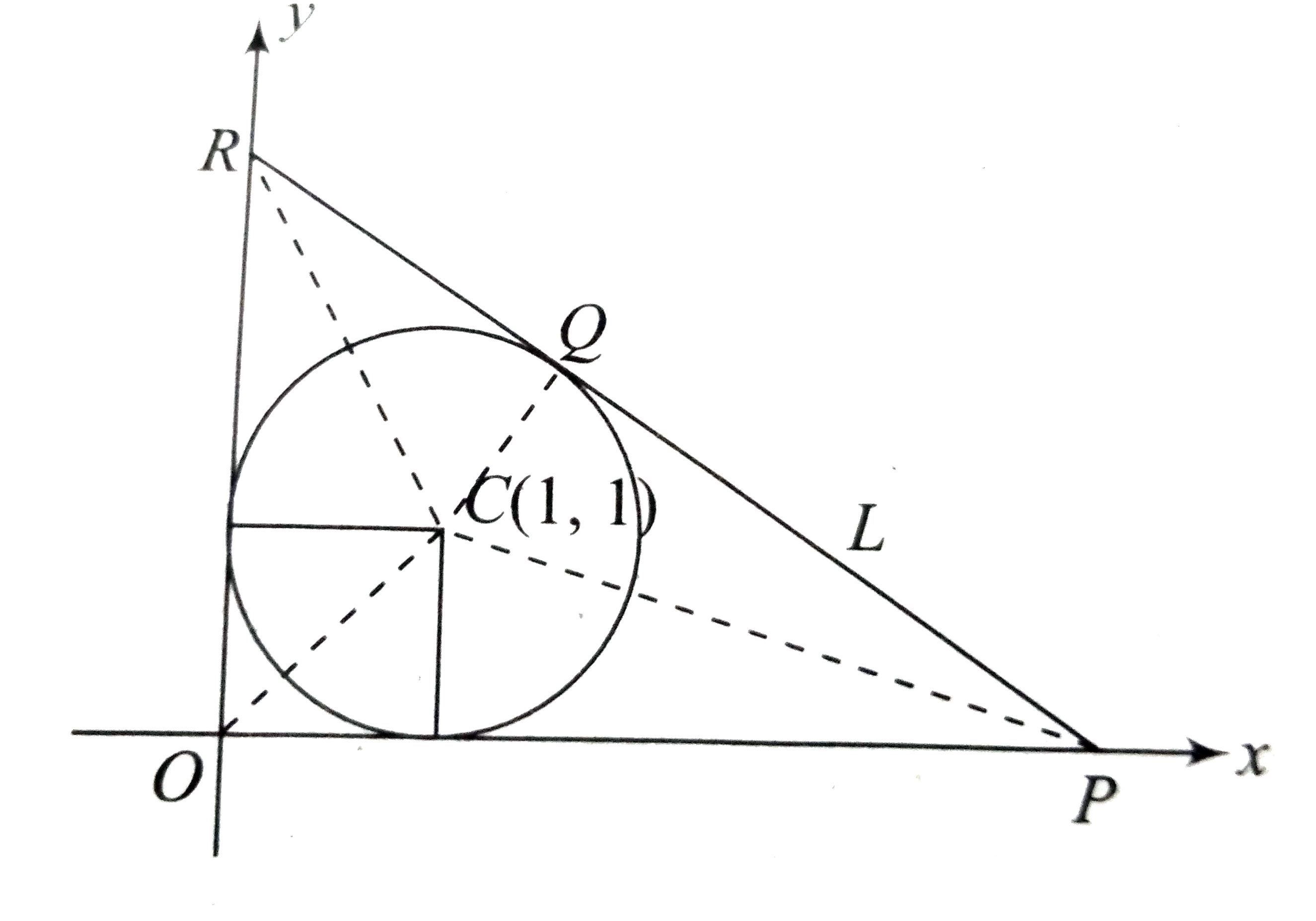ω is an imaginary root of unity.
Prove that
If a+b+c=0 then prove that (a+bω+cω2)3+(a+bω2+cω)3=27abc.Solution in Bengali
a+b+c=0
. ⇒b+c=−a,c+a=−b and a+b=−c
Putting these values of the R.H.S of result (i), we get
(a+bω+cω2)3+(a+bω2+cω)3=27abc
Topper's Solved these Questions
- COMPLEX NUMBERSBOOK - CENGAGE PUBLICATIONCHAPTER - COMPLEX NUMBERSEXERCISE - SLOVED EXAMPLES
15 Videos
- COMPLEX NUMBERSBOOK - CENGAGE PUBLICATIONCHAPTER - COMPLEX NUMBERSEXERCISE - EXERCISE3.1
4 Videos
- COMPLEX NUMBERSBOOK - CENGAGE PUBLICATIONCHAPTER - COMPLEX NUMBERSEXERCISE - Comprehension
11 Videos
- CIRCLESBOOK - CENGAGE PUBLICATIONCHAPTER - CIRCLESEXERCISE - Comprehension Type
8 Videos
- CONIC SECTIONSBOOK - CENGAGE PUBLICATIONCHAPTER - CONIC SECTIONSEXERCISE - All Questions
102 Videos
Similar Questions
ifωandω2 are the nonreal cube roots of unity and [1/(a+ω)]+[1/(b+ω)]+[1/(c+ω)]=2ω2 and [1/(a+ω)2]+[1/(b+ω)2]+[1/(c+ω)2]=2ω , then find the value of [1/(a+1)]+[1/(b+1)]+[1/(c+1)].
View SolutionIs the following computation correct? If not give the correct computation: [√(−2).√(−3)]=√(−2).−3=√6
View SolutionConsider the region R in the Argand plane described by the complex number. Z satisfying the inequalities |Z−2|≤|Z−4|, |Z−3|≤|Z+3|, |Z−i|≤|Z−3i|, |Z+i|≤|Z+3i|
Answer the followin questions :
Maximum of |Z1−Z2| given that Z1, Z2 are any two complex numbers lying in the region R is
View Solution
In the diagram as shown, a circle is drawn with centre C(1,1) and radius 1 and a line L. The line L is tangent to the circle at Q. Further L meets the y-axis at R and the x-axis at P in such a way that the angle OPQ equals θ where 0<θ<π2.
Coordinate of Q is
View SolutionGiven that A(1,1) and B(2,−3) are two points and D is a point on AB produced such that AD=3AB. Find the coordinates of D.
View SolutionIf ω be an imaginary cube root of unity, show that a+bω+cω2aω+bω2+c=ω2
View Solutionω is an imaginary root of unity.
Prove that
(i) (a+bω+cω2)3+(a+bω2+cω)3=(2a−b−c)(2b−a−c)(2c−a−b)
(ii) If a+b+c=0 then prove that (a+bω+cω2)3+(a+bω2+cω)3=27abc.
View SolutionIf omega is an imaginary cube root of unity , prove that, ∣∣ ∣∣abcbcacab∣∣ ∣∣=−(a+b+c)(a+bω+cω2)(a+bω2+cω)
View SolutionIf ω is an imaginary cube root of unity, prove that, (a+bω+cω2)3+(a+bω2+cω)3=(2a−b−c)(2b−c−a)(2c−a−b)
View Solutionprove that , (a+bω+cω2)3+(a+bω2+cω)3=27abc if a+b+c=0.
View SolutionProve that a3+b3+c3–3abc=(a+b+c)(a+bω+cω2)(a+bω2+cω), where ω is an imaginary cube root of unity.
View SolutionIf ω is a cube root of unity, prove that a+bω+cω2c+aω+bω2=ω2
View SolutionIf 1,ω and ω2 are the cube roots of unity , then (a+b+c) (a+bω+cω2)(a+bω2+cω)=
View SolutionIf ωis an imaginary cube root of unity, show that
a+bω+cω2b+cω+aω2+a+bω+cω2c+av+bω2=−1
View SolutionIf 1,omega,omega^2 Is the cube root of the unit and a + b + c = 0 then (a+bomega+comega^2)^3+(a+bomega^2+comega)^3 =
View Solutionω is an imaginary root of unity.
Prove that
(i) (a+bω+cω2)3+(a+bω2+cω)3=(2a−b−c)(2b−a−c)(2c−a−b)
(ii) If a+b+c=0 then prove that (a+bω+cω2)3+(a+bω2+cω)3=27abc.
View Solution
